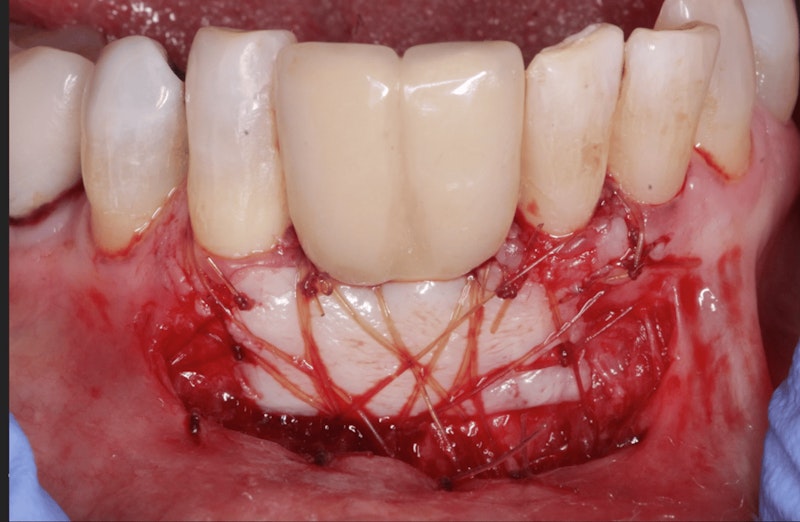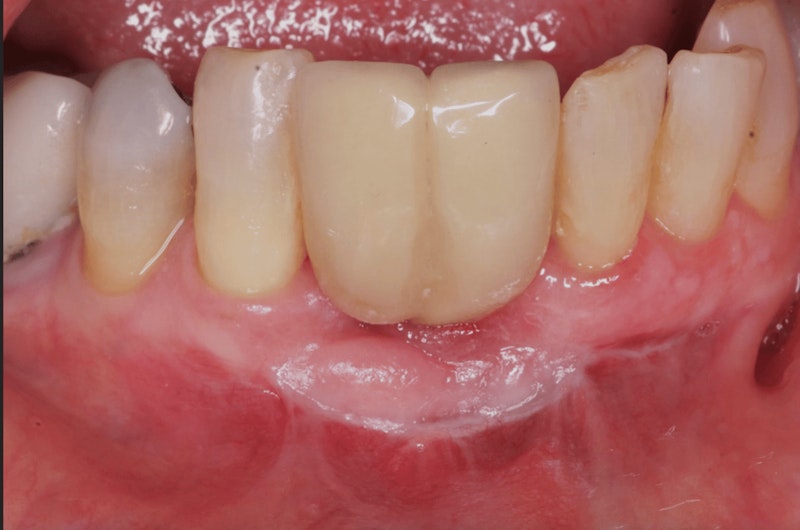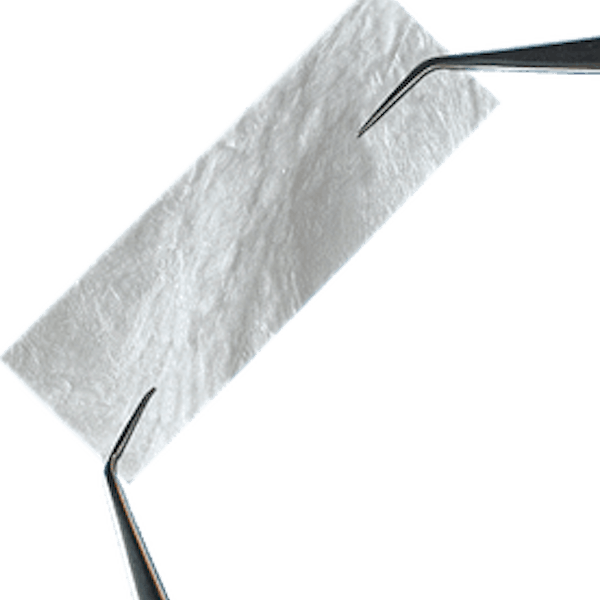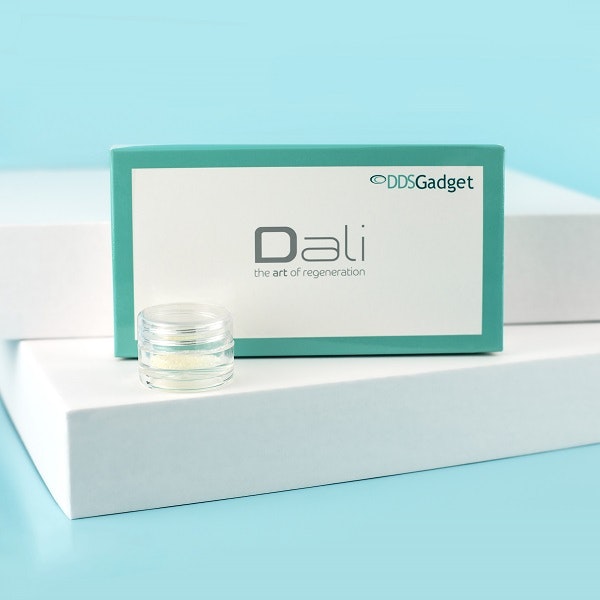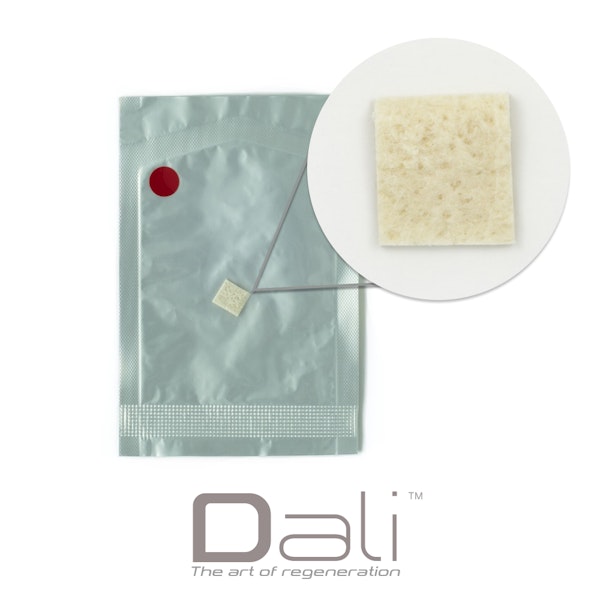In this video, we review two cases where autogenous free gingival grafts were performed, and provide several key clinical tips to ensure the success of this grafting technique.
The need for keratinized tissue to ensure peri-implant tissue health has been a subject of debate for a long time. However, recent reviews 1,2 concluded that adequate keratinized tissue (KT) around implants was in fact a strong predictor of peri-implant health. As such, we think it is prudent to make sure that when we are placing implants that the KT width is sufficient to maintain peri-implant tissue health and improve the long-term stability of the implants.
The gold standard for increasing the width of keratinized tissue is the autogenous free gingival graft 3. Of course, there are several drawbacks to this procedure, including donor site morbidity. In previous videos, we discussed products like Acellular Dermis for Soft Tissue Grafting (see DALI Dermis for Soft Tissue Grafting), which provide an alternative to autogenous grafts in certain situations. Unfortunately, however, when it comes to increasing the width of keratinized tissue these types of allografts are not helpful, and free gingival grafts are indicated.
In this video, Dr. Gober reviews 2 interesting cases where free gingival grafts were performed. He provides several key clinical tips that should help you succeed when you need to perform this technique.
References
1. Clin Oral Implants Res . 2022 Jun;33 Suppl 23:8-31 Influence of width of keratinized tissue on the prevalence of peri-implant diseases: A systematic review and meta-analysis Ausra Ramanauskaite et al.
Reduced KT width is associated with an increased prevalence of peri-implantitis, plaque accumulation, soft-tissue inflammation, mucosal recession, marginal bone loss, and greater patient discomfort.
2. Int J Oral Maxillofac Implants . 2019 Nov/Dec;34(6):1307-1317. Effect of Peri-implant Keratinized Tissue Width on Tissue Health and Stability: Systematic Review and Meta-analysis Salvatore Longoni, et al.
The importance of having an adequate KT width around implants was confirmed by this review; adequate KT was significantly associated with less peri-implant inflammation evaluated qualitatively with mGI/GI. No difference was found for plaque accumulation and bleeding, but a positive trend was found favoring implants with adequate KT.
3. J Periodontol . 2008 Apr;79(4):587-94. doi: 10.1902/jop.2008.070414.. Free gingival grafts to increase keratinized tissue: a retrospective long-term evaluation (10 to 25 years) of outcomesGiancarlo Agudio et al.
Gingival augmentation procedures performed in sites with an absence of attached gingiva associated with recessions provide an increased amount of KT associated with recession reduction over a long period of time.

